The Biden administration recently announced new air pollution standards for the nation’s heavy-duty vehicles, which aim to reduce the amount of greenhouse gases released by the transportation industry.
The new rules limit the amount of pollution heavy-duty vehicles are permitted to emit, which could ultimately increase the number of electric trucks on America’s roads.
Biden Administration Announce New Green Rules

The Biden administration announced on March 29 that it had finalized its new “Greenhouse Gas Emissions Standards for Heavy-Duty Vehicles” rules.
According to the U.S Environmental Protection Agency (EPA), the new rules “sets stronger standards to reduce greenhouse gas emissions from heavy-duty (HD) vehicles beginning in model year (MY) 2027.”
New Rule Aim to Lower Pollution Released by Heavy-Duty Trucks
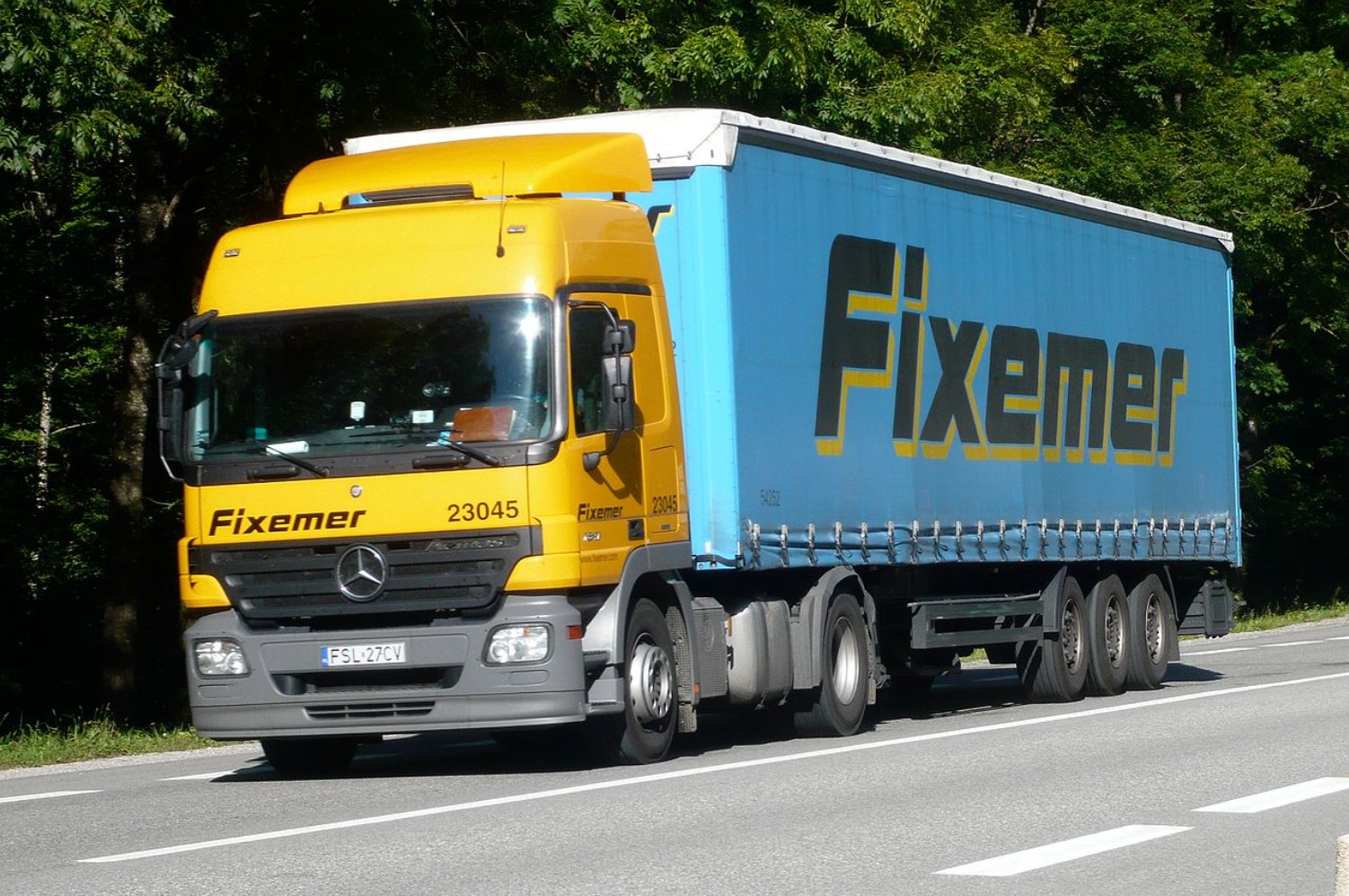
According to the EPA, the new rules specifically aim to reduce the harmful gases released by large vehicles for models from 2027 to 2032.
This includes “delivery trucks, refuse haulers, public utility trucks, transit, shuttle, school buses, etc.) and tractors (such as day cabs and sleeper cabs on tractor-trailer trucks).”
EPA Plan to Cut Heavy-Duty Truck Pollution
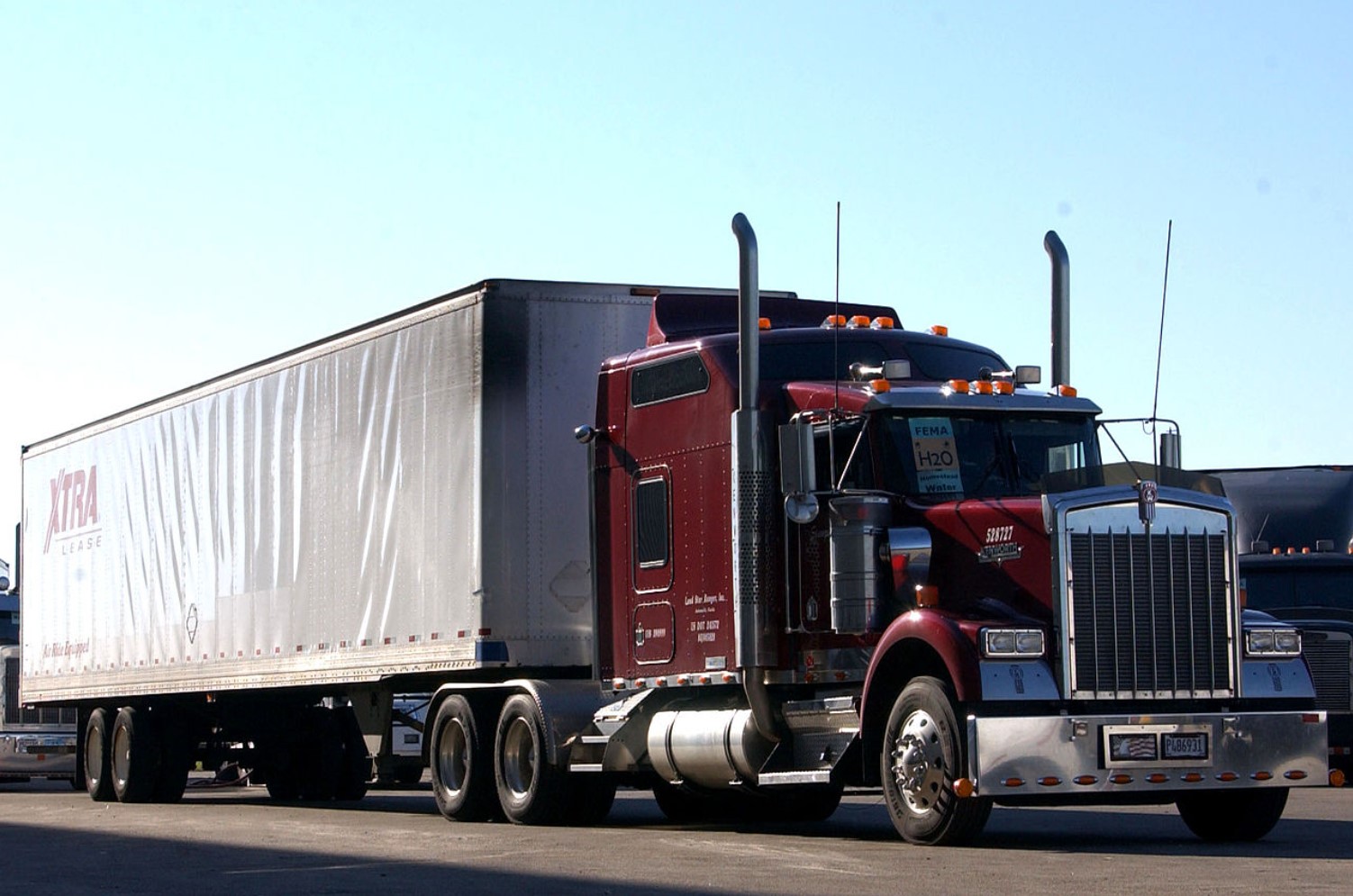
Speaking on the new rules implemented by the Biden industry, Michael S. Regan, the EPA administrator, claims they will significantly cut the amount of pollution released by heavy-duty trucks.
“In finalizing these emissions standards for heavy-duty vehicles like trucks and buses, EPA is significantly cutting pollution from the hardest working vehicles on the road,” he said.
A Climate Crisis

Regan continues by suggesting the EPA is doing all it can to help fight back against the climate crisis.
“Building on our recently finalized rule for light- and medium-duty vehicles, EPA’s strong and durable vehicle standards respond to the urgency of the climate crisis by making deep cuts in emissions from the transportation sector.”
EPA Aim to Avoid 1 Billion Tons of Greenhouse Gas
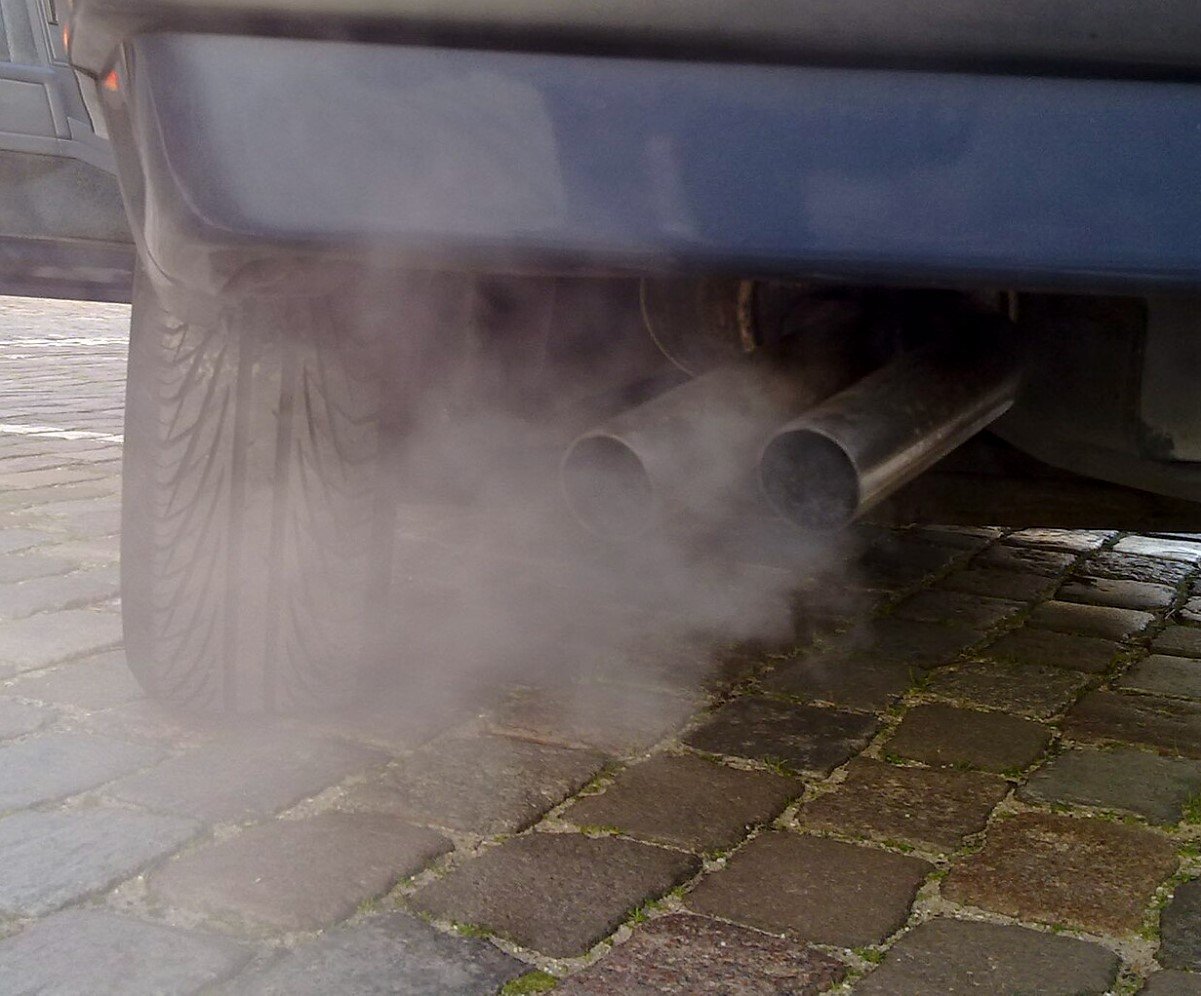
During a press release, the EPA announced what effects the new plans will have on the environment.
“The standards will avoid 1 billion tons of greenhouse gas emissions and provide $13 billion in annualized net benefits to society related to public health, the climate, and savings for truck owners and operators,” they said.
Keeping the Air Clean For Everyone

Later in the press release, the EPA claims the new rules will help over 70 million people living near truck routes.
“The final standards will also reduce dangerous air pollution, especially for the 72 million people in the United States who live near truck freight routes, bear the burden of higher levels of pollution, and are more likely to be people of color or come from low-income households,” they wrote.
Adverse Health Effects Associated With Heavy-Duty Truck Traffic

The president and chief executive of the American Lung Association, Harold Wimmer, spoke on the adverse health effects associated with heavy truck traffic during a statement shared with the New York Times.
“Exposure to traffic-related pollution is a serious health hazard to those living in communities with heavy truck traffic,” said Wimmer.
Chronic Respiratory and Cardiovascular Diseases

Those who live in close proximity to truck routes and people who are part of the industry are the most in danger.
Chronic respiratory and cardiovascular diseases are among the adverse side effects associated with constant exposure to higher levels of air pollution.
New Rules Don’t Mandate a Shift to EVs
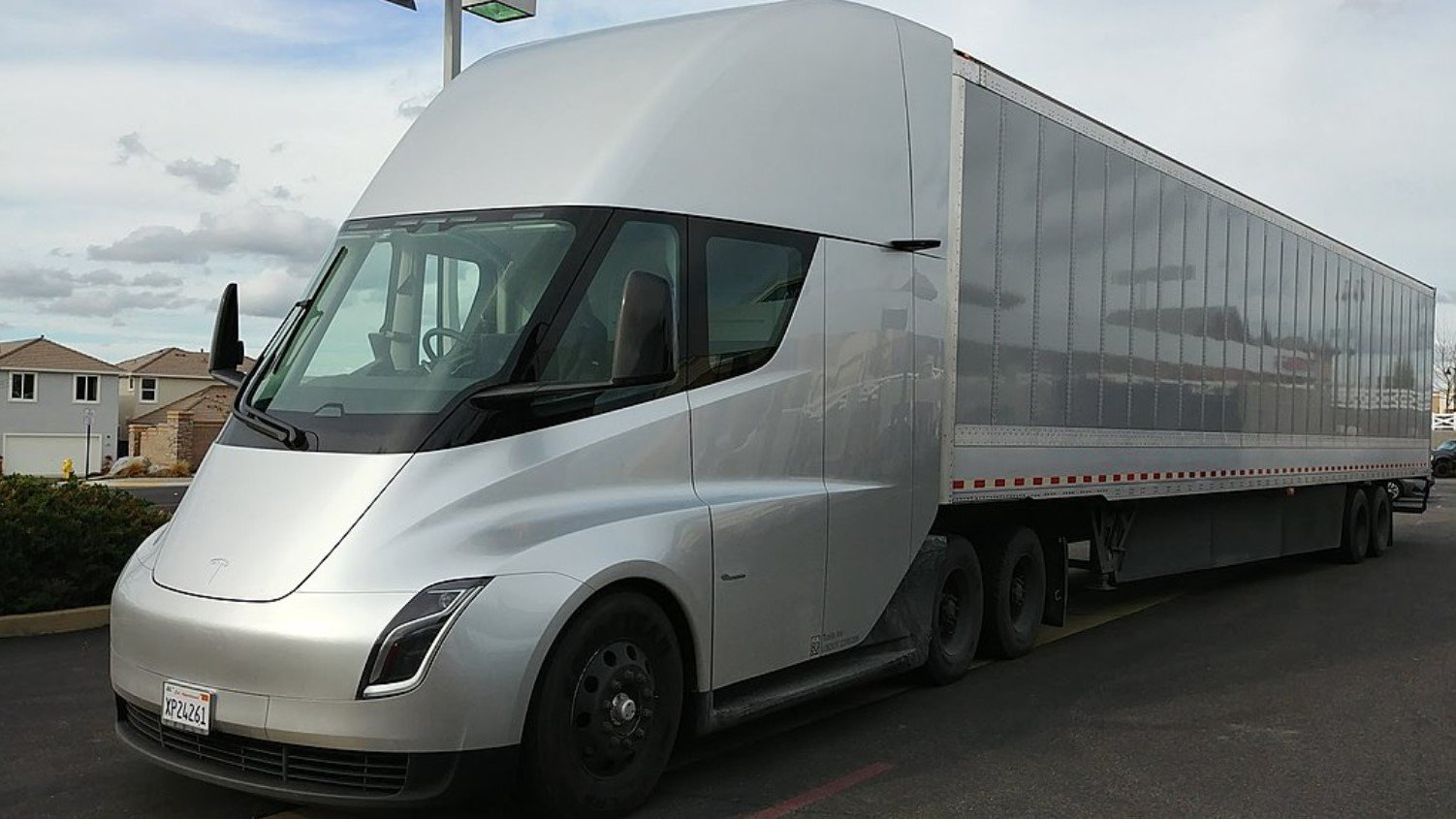
The new rules aren’t mandating that all trucks in the industry must switch over to electric models.
However, it does set a limit on the amount of pollution trucks can emit, which leaves the industry’s companies with the choice of how to best cut emissions.
More Electric Trucks Will Be Deployed
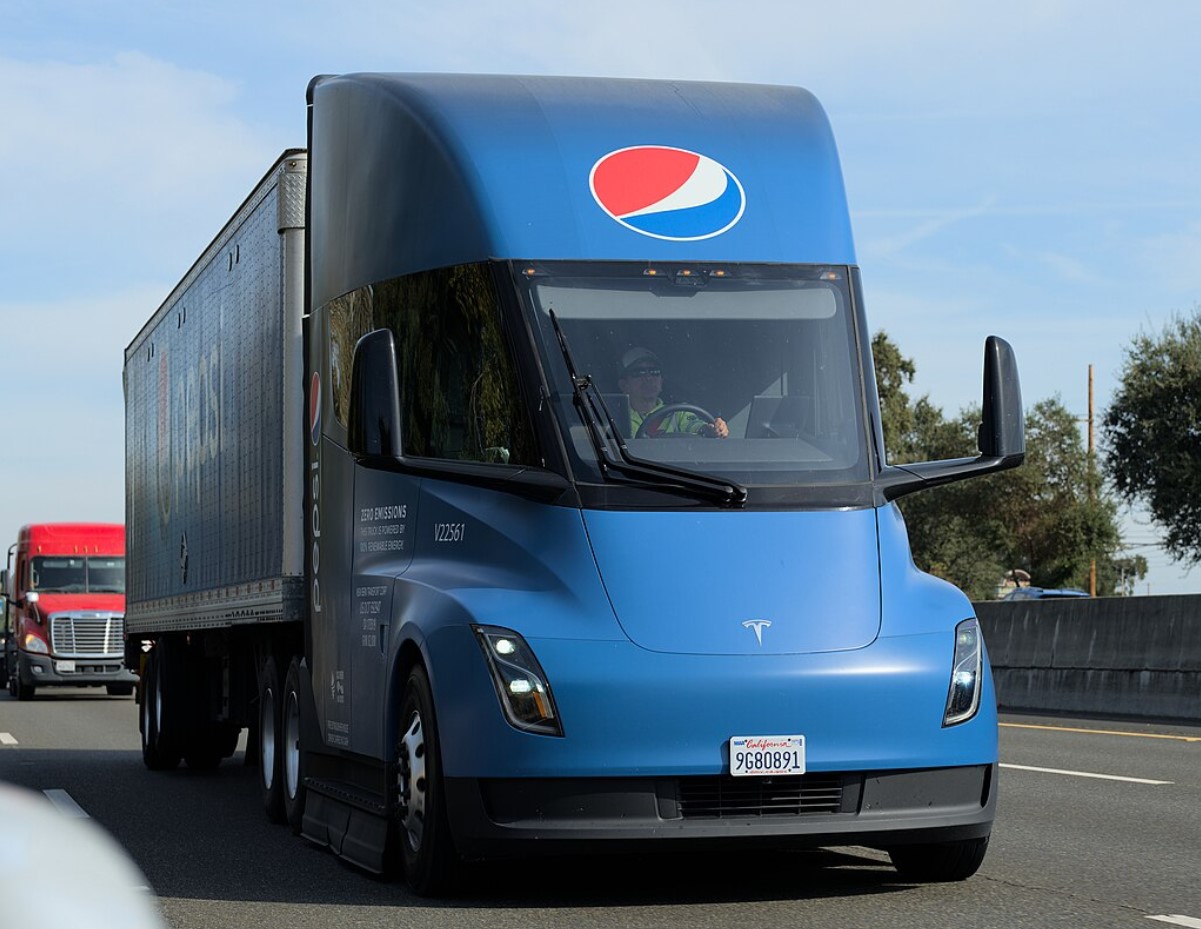
Ray Minjares, director of heavy-duty vehicle programs at the International Council on Clean Transportation, is under the impression that the new rules will lead to more electric trucks on the road.
“This is going to deploy more electric trucks on the road, but it’s also going to deploy more fuel-efficient conventional diesel trucks,” he said.
New Pollution Rules in the EU

The United States isn’t the only nation implementing stricter limits on heavy-duty vehicle pollution.
The European Parliament has also implemented its own set of regulations aimed at banning most diesel-powered trucks by the beginning of 2040. They are also aiming to reduce the amount of greenhouse gases released by all trucks in the transportation industry.








































